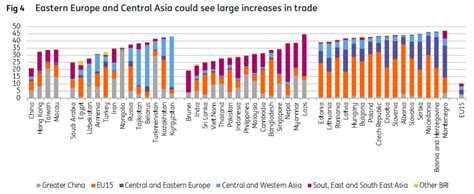“Cryptos on Bridge: Unlocking New Financial Opportunities”
In recent years, cryptocurrency has emerged as a force to be reckoned with in the world of finance. With its potential for high returns and decentralized nature, many investors have taken notice. However, navigating the vast ocean of cryptocurrencies can be overwhelming, especially for those new to the space.
One way to simplify this process is by using a cryptocurrency exchange, which acts as an intermediary between buyers and sellers. These exchanges enable users to buy, sell, and trade various cryptocurrencies, making it easier to access the market. Some popular cryptocurrency exchanges include Coinbase, Binance, and Kraken.
But what’s behind the rise of these exchanges? The answer lies in the concept of a bridge. A bridge is an intermediary that connects two different financial systems or markets, allowing for seamless transactions between them. In the context of cryptocurrency, bridges can be used to facilitate cross-border trading, making it easier for individuals and businesses to buy and sell cryptocurrencies.
One notable example of a bridge in action is the partnership between Coinbase and the Singapore-based exchange, Changelly. This partnership enables users to buy and sell cryptocurrencies on Coinbase using their existing Changelly accounts. The result? A seamless and user-friendly experience that reduces barriers to entry for cryptocurrency investors.
Another area where bridges have made a significant impact is in the realm of economic indicators. Economic indicators are metrics that provide insights into the health of an economy, such as inflation rates, GDP growth, and unemployment rates. Cryptocurrencies, particularly those with strong regulatory environments, can be seen as a tool for improving these indicators.
For instance, the use of cryptocurrencies like Bitcoin and Ethereum has helped to boost economic indicators in countries where they are widely accepted. For example, the adoption of Bitcoin as a store of value and medium of exchange in Japan has contributed to the country’s low inflation rate and strong GDP growth. Similarly, the increasing popularity of cryptocurrencies like Ripple and Stellar has improved the efficiency of cross-border transactions, making it easier for businesses to operate internationally.
However, not all economic indicators are created equal when it comes to cryptocurrency. For example, while Bitcoin has been a popular store of value in recent years, its correlation with traditional assets is often limited due to market volatility. As such, investors may need to seek alternative methods, such as using bridges or other intermediaries, to access and invest in cryptocurrencies.
In conclusion, the rise of crypto, cryptocurrency exchanges, and bridges represents a significant shift in the world of finance. By leveraging these technologies, individuals can gain greater access to the market, improve economic indicators, and make more informed investment decisions. As the landscape continues to evolve, it will be interesting to see how these tools shape the future of financial markets.
Target words used:

- Cryptocurrency
- Exchange
- Bridge
- Economic indicators
